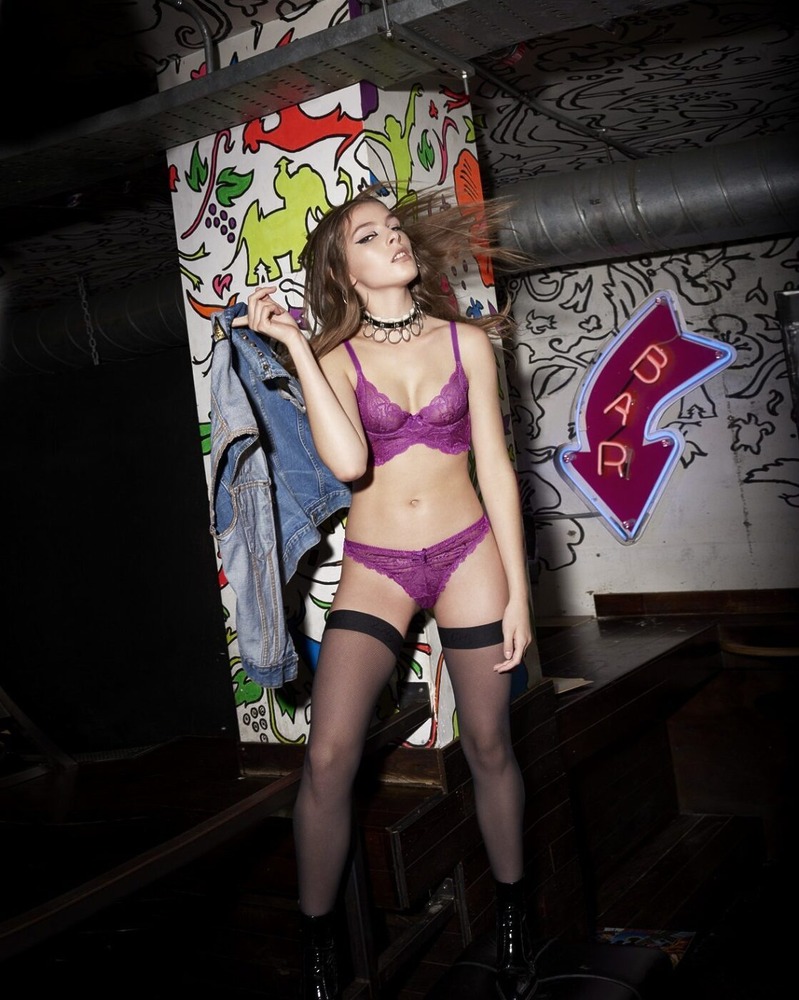
Of these, 121 have been made about the use of force by police officers, while 75 relate to police tactics. The Independent Police Complaints Commission has received 256 complaints relating to the G20 protests. Hopefully, a review of video evidence will clear this up." I don't believe in conspiracy theories but this really struck me. He legged it towards the police line, flashed some ID and they just let him through, no questions asked."Īmos added: "He was pretty much inciting the crowd.


"Then suddenly a protester seemed to identify him as a policeman and turned on him. These include Tony Amos, a photographer who was standing with protesters in the Royal Exchange between 5pm and 6pm. But when the crowd became suspicious of the men and accused them of being police officers, the pair approached the police line and passed through after showing some form of identification.īrake has produced a draft report of his experiences for the human rights committee, having received written statements from people in the crowd. "When I was in the middle of the crowd, two people came over to me and said, 'There are people over there who we believe are policemen and who have been encouraging the crowd to throw things at the police,'" Brake said. I didn’t realize that situation at the time.Brake, who along with hundreds of others was corralled behind police lines near Bank tube station in the City of London on the day of the protests, says he was informed by people in the crowd that the men had been seen to throw bottles at the police and had encouraged others to do the same shortly before they passed through the cordon.īrake, a member of the influential home affairs select committee, will raise the allegations when he gives evidence before parliament's joint committee on human rights on Tuesday. They knew this was not what they came here for. Other people were up on the fact that he was a phoney and they didn’t want to be involved. “So instead of 30 or 40 people working together, it was down to three or four. Then he started bringing in the other people who eventually were (federal) agents. And our whole (Civil Defense) organization was basically dissolved. “He was crafty at knowing what would irritate or irk people. “What Murphy did was isolate people,” Heckman said. The Lehigh Valley people, with the exception of Murphy, “were a bunch of kids.”Īccording to interviews with several former associates of Murphy, there were instances where he would cajole or threaten the people who gathered at the Vine Street house, making them uncomfortable.Īlmost 18 years after the arrest, David Heckman, one of the four convicted of federal conspiracy charges based mostly on Murphy’s testimony, still thinks about the subtle ways Murphy operated. “I doubt very much if Weather would have even talked with these people,” says Owen McFadden, a Bethlehem police detective who worked with the Bureau of Alcohol, Tobacco and Firearms agents on the Lehigh Valley case. The group served as a cover for the two ATF agents Murphy introduced into the Vine Street group.

The Weather Underground also played a role in the Lehigh Valley case, but in name only.
#AGENT PROVOCATEUR SECRET AGENTS SERIES#
invasion of Cambodia in the early 1970s were but the highlights of a series of events that helped contribute to an overall sense of disorder, distrust or both. Deaths at Kent State and Attica Prison as well as the U.S.

The Weather Underground militants were part of a larger picture, however, as the country became increasingly polarized over the issue of the Vietnam War. Weathermen set two bombs in September and October of 1971, when most of the Lehigh Valley overt acts listed in the indictment allegedly occurred.Īs the new decade began, the signs and symbols of the 1960s, with its Woodstock Nation and talk of peace and love, were still around, but for some in the youth movement, the time to become confrontational was at hand. It was also a time when militant groups like the Weather Underground bombed buildings as part of its campaign against what it perceived as injustice in the U.S. Published reports linked Tommy to the Ontario, N.Y., county sheriff, who admitted that Tommy’s violent behavior was a front for his work as an undercover narcotics agent, according to Andrew Karmen, who published an article on agent provocateurs in a 1974 collection, “The Criminologist: Crime and The Criminal.” Singkata Thomas Tonyai, better known as “Tommy The Traveler,” who visited several upstate New York campuses during a two-year period in the early 1970s and encouraged students to take part in violent acts.


 0 kommentar(er)
0 kommentar(er)
